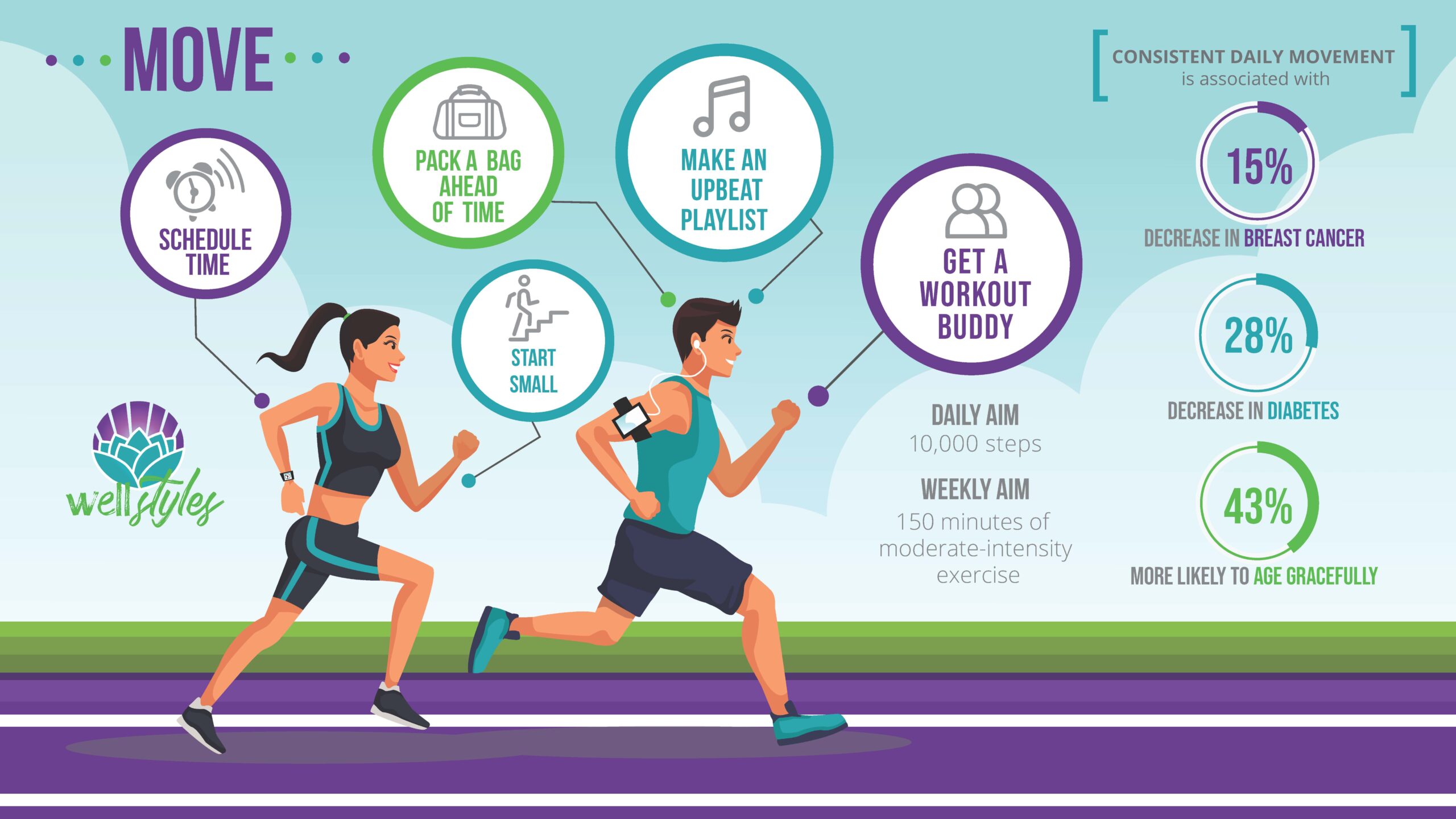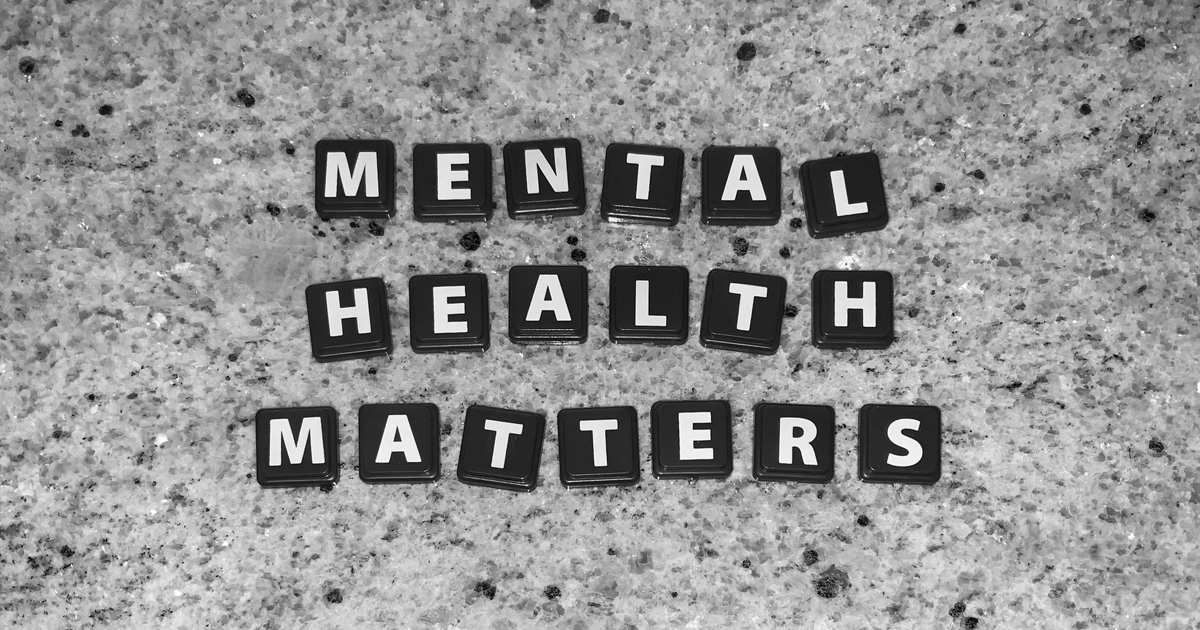
Beat the Burnout with Moderate Exercise
How to Beat the Burnout with Moderate Exercise
Sixty percent of public sector employees report experiencing high levels of burnout due to high occupational pressure1. Burnout can be defined as chronic job stress where the job expectations and workload outweigh the employees’ perceived psychological capacity and ability to cope with the demands. Annually the U.S spends $300 billion dollars on decreases in productivity and retention, as well as increases in absenteeism and turnover cost (1).
The stressors that contribute to employee burnout can make the employee feel inadequate, guilty, self-conscious, and depressed. Therefore influencing not only their job performance but other areas in their life, their overall health, and disease risk (2).
Research has shown that individuals who complete a minimum of three 30-minute cardiovascular exercise sessions per week experience a greater sense of positive well-being and decreased perceived stress (3). Similar results were found for a minimum of three, 30-minute resistance training sessions per week. Cardiovascular exercise decreases physiological distress and emotional exhaustion, and resistance training has been shown to have a positive impact on a sense of personal accomplishment (3).
Overall, exercise, both cardiovascular and resistance, has been shown to improve an individual’s ability to cope with the demands of their job. Promoting regular exercise to employees is cost-effective for the employer in that they have the ability to reduce employee burnout, absenteeism, and turnover costs (1).
Did you know that the VSMG wellness team can lead an exercise class at your worksite? For more information, please visit the WellStyles program page on our website.
References
-
Bretland RJ, Thorsteinsson EB. 2015. Reducing workplace burnout: the relative benefits of cardiovascular and resistance exercise. PeerJ 3:e891 https://doi.org/10.7717/peerj.891
-
Gerber, M., & Pühse, U. (2009). Review Article: Do exercise and fitness protect against stress-induced health complaints? A review of the literature. Scandinavian Journal of Public Health, 37(8), 801–819. https://doi.org/10.1177/1403494809350522
-
Maslach C, Jackson S: The measurement of experienced burnout. J Occup Behav. 1981, 2: 99-113. 10.1002/job.4030020205.



